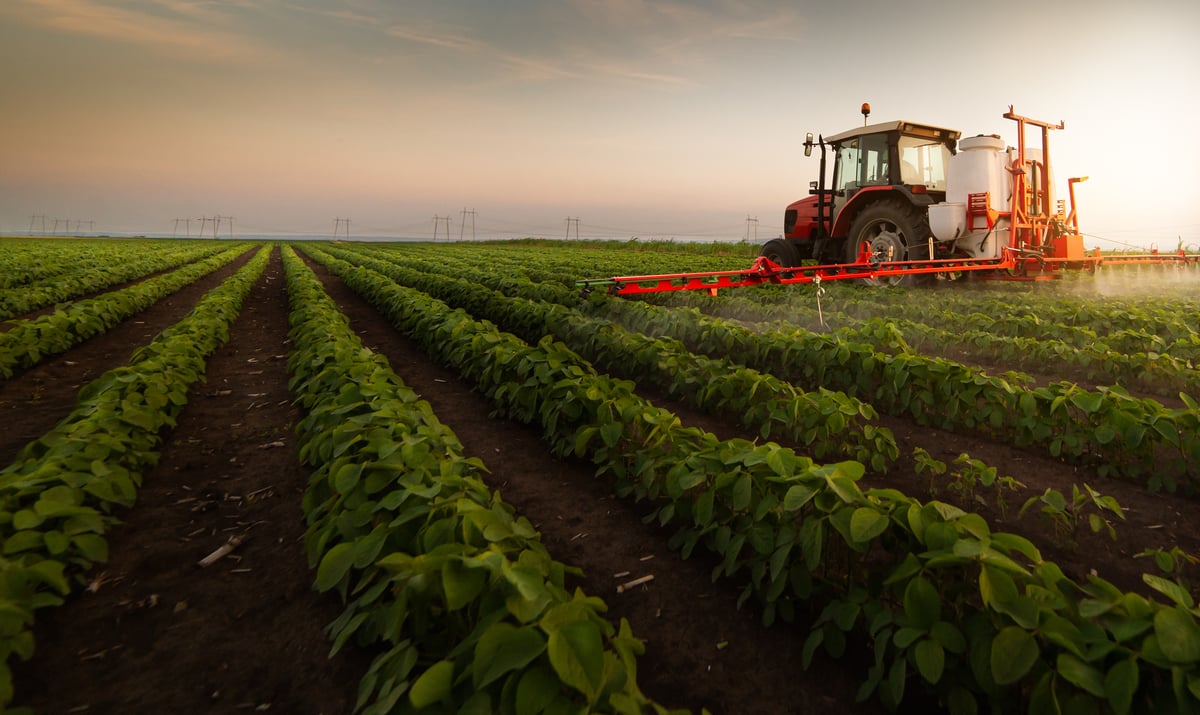
Image source: Getty Images
The recent quarterly results releases from Deere (NYSE: DE) and Caterpillar (NYSE: CAT) show that both companies are experiencing some tough market headwinds. They are putting severe pressure on the companies' top and bottom lines, with Deere's earnings per share falling by 23% in the second quarter of the year from the same period of last year. Meanwhile, Caterpillar's EPS dropped by 77% in the first quarter of the year versus the comparable year-ago period, and even when restructuring charges were excluded, the decline was still 68%.
Improving performance?
On the face of it, Deere seems to be holding up better as a business than Caterpillar. Its profit falls are less severe right now, but this is not forecast to be the case in the next financial year. While Deere's earnings are due to decline by 4.6% between October 2016 and October 2017, Caterpillar is expected to return to growth of 0.6% in the same period.
A key reason for this is the major cost-cutting and restructuring that Caterpillar is undertaking. Notably, in its most recent quarterly update it stated that period costs and variable manufacturing costs in the quarter fell by $500 million from the first quarter of 2016. And with Caterpillar expecting to cut up to 5,000 salaried and management employees from its payroll this year, as well as close to 20 production facilities in total, the company's operating costs could be lowered by as much as $1.5 billion per annum.
Demographic tailwind
Undoubtedly, Caterpillar is taking extreme measures to reduce its costs as it seeks to offset falling sales. Of course, Deere is also attempting to become more streamlined, and its recent update stated that the company benefited from an increasingly flexible cost structure as well as lower production costs and operating expenses. And while such moves are not set to return Deere to positive EPS growth in either of the next two financial years, in the long run the company seems to have greater turnaround prospects than Caterpillar.
That's because of the demographic tailwind from which Deere is set to benefit in a major way. With the world's population expected to rise by a third over the next 35 years, demand for food is likely to rise at a rapid rate. Therefore, machinery suppliers such as Deere, focused on providing the equipment necessary to produce food supplies, are likely to reap rewards.
Logistical issues also have the potential to bolster demand for the company's products. For example, the proportion of urban dwellers is set to rise so that 70% rather than today's 50% of the world's population is due to live in urban areas by 2050. This makes efficient food production even more important, and technological advancements (such as autonomous vehicles, which Deere is already producing) are likely to become more in demand.
Transition
Contrast this with Caterpillar's outlook. While Deere's near-term outlook is set to be worse than that of its industrial peer, its long-term growth prospects seem to be far more sound. For example, the Chinese economy is continuing its transition from being capital expenditure-led toward being consumer expenditure-led. This is bad news for Caterpillar since it relied on its resources and energy and transportation segments for 54% of its sales in 2015. And while Caterpillar's construction segment could pick up the slack in the long run, a tightening monetary policy could cause housing demand to come under pressure over the medium term.
Looking ahead
That's not to say that Caterpillar is a stock to avoid. Its strategy of cutting costs is sound, but it is likely to become a more niche player in future years as its operating environment continues to decline. However, Deere could go in the opposite direction in terms of becoming a more integral part of world food supply, which could become a key investment theme over the coming years and decades.
So, while Caterpillar could still deliver impressive share price gains due to the positive impact of its cost-cutting strategy on its financial performance, Deere seems to be the better turnaround play for long-term investors.







